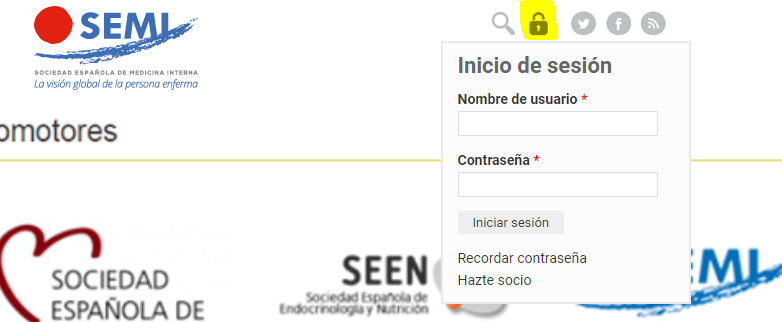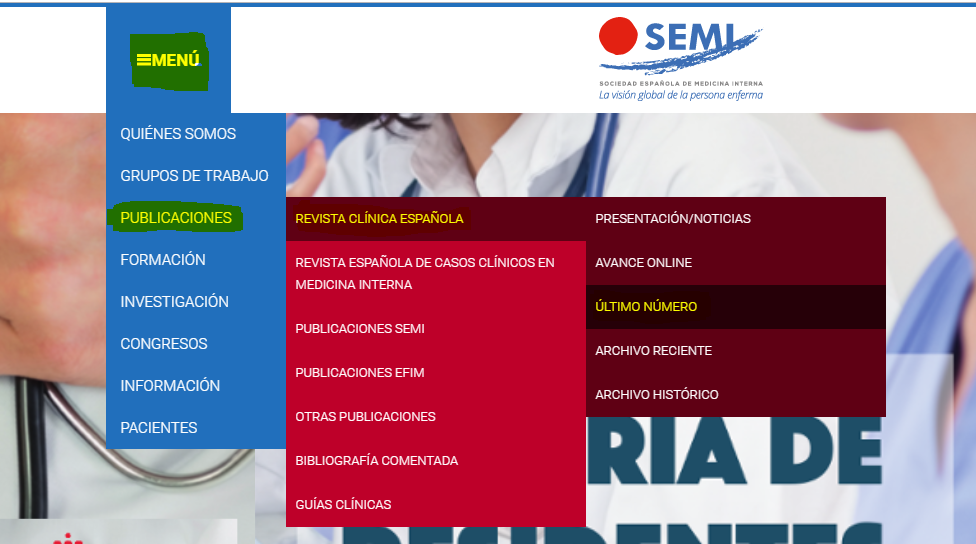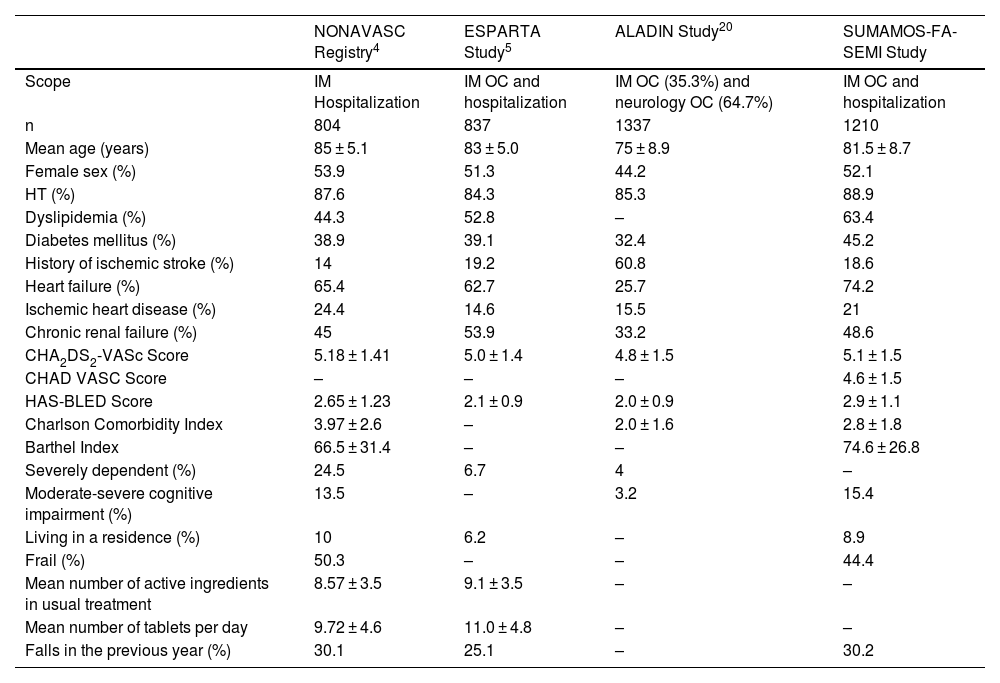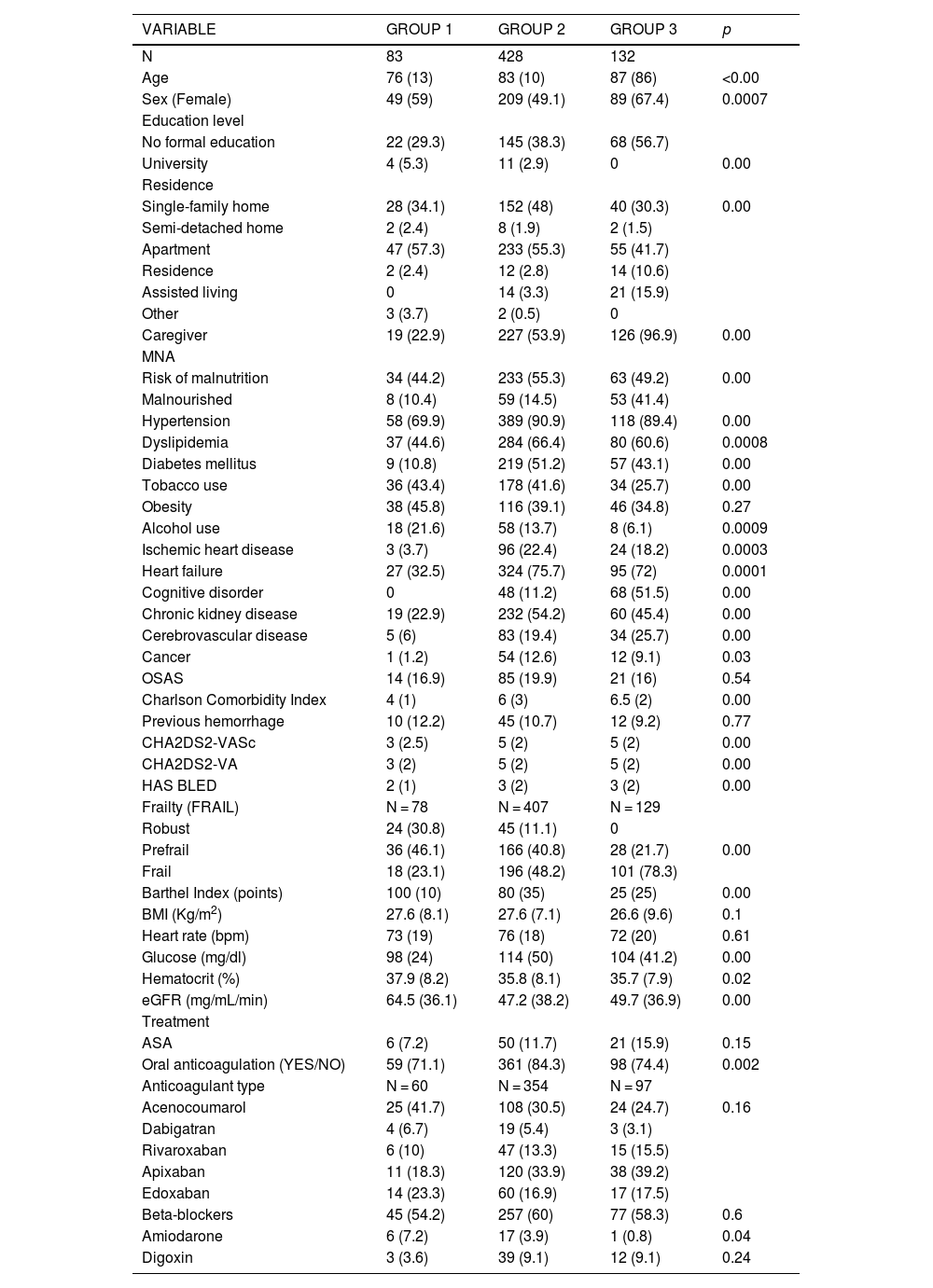To update the profile of patients with atrial fibrillation (AF) who are treated in internal medicine wards according to characteristics implicit in elderly patients.
Material and methodsMulticenter national registry with one-year follow-up that includes adult patients diagnosed with AF. The sample is divided into three groups based on comorbidity and dependency (group 1, functional patients with little comorbidity; group 2, partially dependent patients with comorbidity; group 3, dependent patients with comorbidity) and their characteristics are described, differentiating between inpatients and outpatients.
Results1215 subjects were analyzed (mean age 81.5 ± 8.7, with 52.1% women). An increase in comorbidities associated with AF is observed compared to previous analyses in the same setting. There is a high rate of frailty (44.4%), and risk of malnutrition (52.9%) with significant differences between the established groups. An increase in baseline anticoagulant therapy was observed with fewer individuals treated in group 3, and a greater use of direct anticoagulants (62.3%) than anti-vitamin K drugs (22.2%), especially in group 3.
DiscussionThe current profile of AF patients treated in internal medicine shows an aged but heterogeneous population with a higher rate of baseline anticoagulant therapy than in previous records with a greater use of direct anticoagulants, especially in the more comorbid and dependent population. We observed a high prevalence of frailty and malnutrition with differences between the established groups. This situation could have implications for establishing differentiated approaches.
Actualizar el perfil de los pacientes con fibrilación auricular (FA) que se atienden en medicina de acuerdo a características implícitas en pacientes con edad avanzada.
Material y métodosRegistro nacional multicéntrico con seguimiento a un año que incluye pacientes mayores de edad con diagnóstico de FA. Se divide la muestra en tres grupos en función de la comorbilidad y la dependencia (grupo 1, pacientes funcionales con escasa comorbilidad; grupo 2, pacientes parcialmente dependientes y con comorbilidad, grupo 3, pacientes dependientes con comorbilidad) y se describen sus características diferenciando pacientes hospitalizados y ambulatorios.
ResultadosSe analizan 1215 sujetos (edad media 81,5 ± 8,7, con 52,1% de mujeres). Se objetiva un incremento de las comorbilidades asociadas a la FA con respecto a análisis previos en el mismo ámbito. Existe una elevada tasa de fragilidad (44,4%), y de riesgo de desnutrición (52,9%) con diferencias significativas entre los grupos establecidos. Se objetiva un incremento del tratamiento anticoagulante basal con menos individuos tratados en el grupo 3, y una mayor utilización de los anticoagulantes directos (62,3%) que de los fármacos antivitamina K (22,2%), especialmente en el grupo 3.
DiscusionEl perfil actual del paciente con FA atendido en medicina interna muestra una población envejecida pero heterogénea con mayor tasa de tratamiento anticoagulante basal que en registros previos con mayor utilización de anticoagulantes directos especialmente en población más comórbida y dependiente. Observamos elevada prevalencia de fragilidad y de desnutrición con diferencias entre los grupos establecidos. Esta situación podría tener implicaciones para establecer abordajes diferenciados.
Article
Diríjase desde aquí a la web de la >>>FESEMI<<< e inicie sesión mediante el formulario que se encuentra en la barra superior, pulsando sobre el candado.

Una vez autentificado, en la misma web de FESEMI, en el menú superior, elija la opción deseada.

>>>FESEMI<<<










